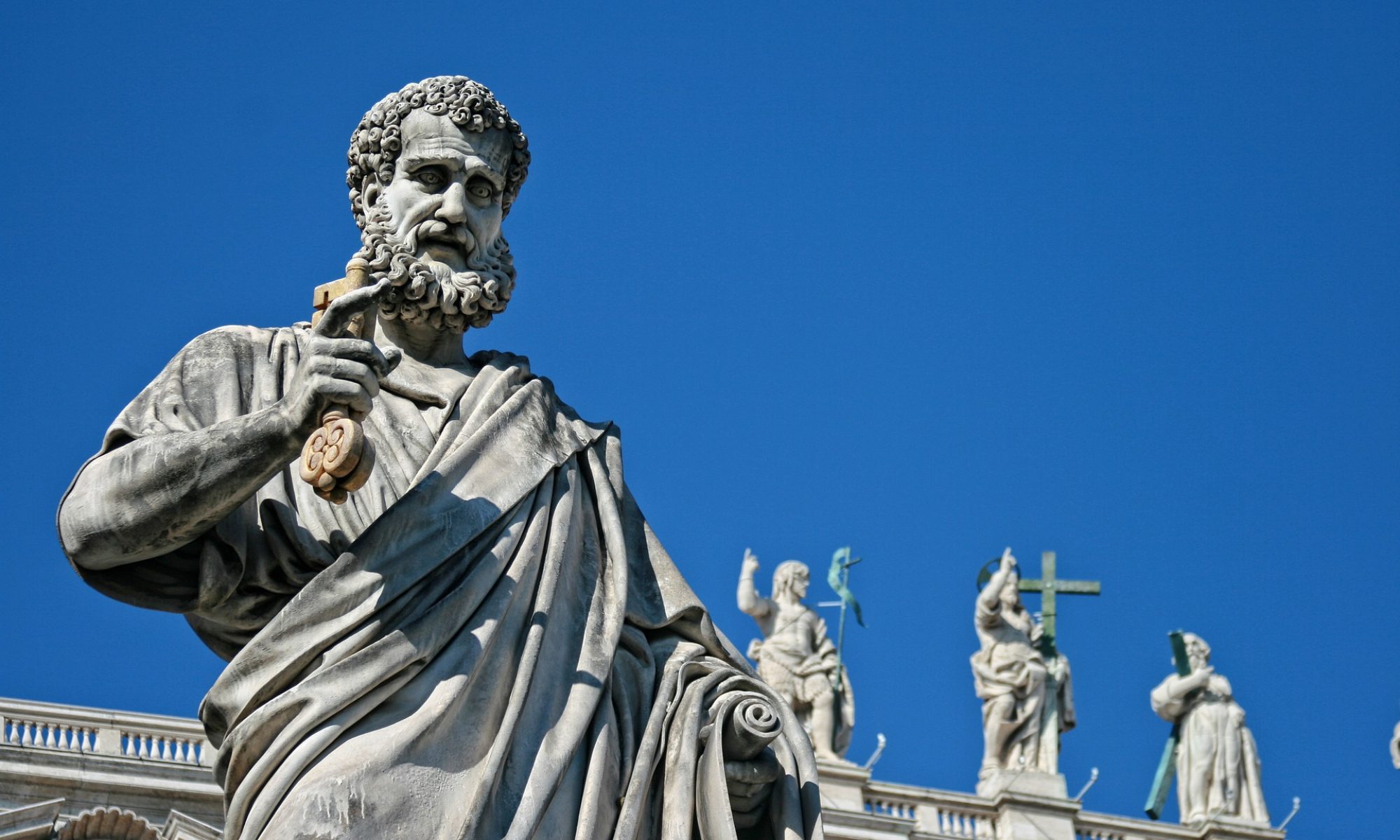The Vatican is a global player in bioethical debates. Its magisterium has been addressing bioethical issues since the birth of this discipline in the Sixties. Encyclicals like Humanae Vitae (“[The Transmission of] Human Life”, 1968) dealt with contraception in the context of changing sexual habits; Veritatis Splendor (“The Splendor of Truth”, 1993) defended the teaching of the authority of the Church in an age of moral relativism; Evangelium Vitae (“The Gospel of Life”, 1995) underlined the inviolability of human life in the context of thorny debates about abortion, euthanasia, and medical research involving human embryos.
From the institutional point of view, the Pontifical Academy for Life was established in 1994 as the Vatican department whose mission is defending and promoting the views of the Church in academic and public debates around the world.
Theologically and ethically, Roman Catholic bioethics has been majoring on categories like “nature” (understood rather philosophically and statically), “the sacredness of life” (verging towards the absoluteness of what is a created and transient gift), “person” (conceived in rather monolithic terms and not adequately distinguishing human biology and human biography). More than exploring and developing Biblically supported reasoning, Catholic bioethics has preferred locking itself in natural law and the finality of being.
If secular bioethics has elevated the “ego” as its idol (i.e. whatever the individual decides, that’s fine), Catholic bioethics has tended towards elevating the “bios” as its idol (i.e. the decisive point is wherever and whenever biological life is found). The complexity of life is therefore flattened in both approaches and the Biblical realism about life is left aside.
A New Phase of Bioethical Engagement
Catholic bioethics has become synonymous with ethical conservatism and frequently mocked in public debate dominated by secularist trends. It has always been defending something and has developed a defensive attitude. However, things may change.
A recent move by the Pontifical Council for Culture (another important Vatican department) calls for attention. For the first time ever, the Vatican has signed a contract with a US biotech company (NeoStem) to stir research on adult stem cells. NeoStem is working in the field of regenerative medicine in order to develop cell therapies for autoimmune disorders (e.g. diabetes), heart diseases, and orthopedic ailments. Regenerative medicine using adult stem cells does not destroy human embryos and is therefore ethically legitimate for those who are in the pro-life front.
The Vatican financial investment amounts to 1 million US dollars. Not a big deal, but not an insignificant figure either. An international conference at the Vatican on “Adult Stem Cells: Science and the Future of Man and Culture” (November, 9-11) hosted the launching of the joint-venture in the biotech industry and the new Vatican engagement in the bioethical arena. The great promises of the use of adult stem cells were highlighted as far as the reduction of human suffering is concerned as well as their full ethical viability. Participants were also granted an audience with Benedict XVI who delivered a speech reinforcing the morality of using adult stem cells over against the immorality of destroying embryo stem cells.
The Two-fold Strategy
The Vatican is well aware that the bioethical debate is very polarized. In the area of regenerative medicine, the embryo stem cells versus adult stem cells debate has taken a very ideological turn. It is more often a clash of opposing worldviews than an informed scientific and moral discussion.
So far the Vatican has tended to embody and support the conservative side of the debate offering philosophical and moral arguments against embryo destruction and for the use of adult stem cells on the basis of Catholic moral theology. The partnership with NeoStem amounts perhaps to a paradigm shift or at least to a broadening of scope. The regenerative medicine battle will not be won by arguments, principles, and values alone. Those who discover sustainable cures first will win the day. So the Vatican, in investing in the adult stem cells industry, shows its willingness to run the race by financing research on adult stem cells with the expectation that it will deliver what it promises before the embryo stem cells industry gets to it. First come, first served.
Of course the Vatican will continue to play its role in the battle by way of its traditional contribution, e.g. through encyclicals, documents, conferences, moral suasion, etc. It will keep on employing its philosophical and theological expertise in order to support its moral framework. It will continue to let its voice be heard through its institutions. Yet this is not enough. For a global player like the Vatican, the bioethical challenges of our day require a new two-fold strategy as a moral reference point and as a financial investor. The Vatican seems to have the know-how and the resources to do both.
Leonardo De Chirico
leonardo.dechirico@ifeditalia.org
Rome, 14th November 2011

